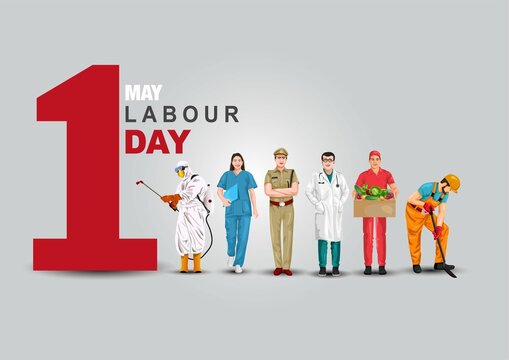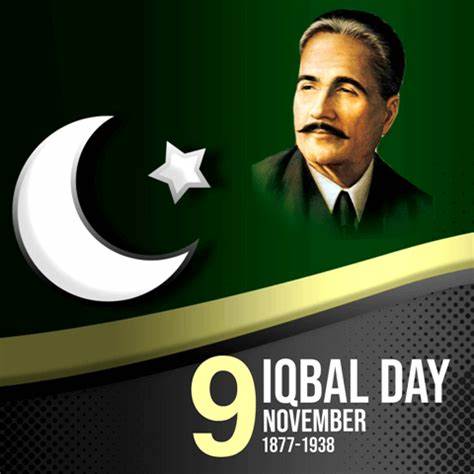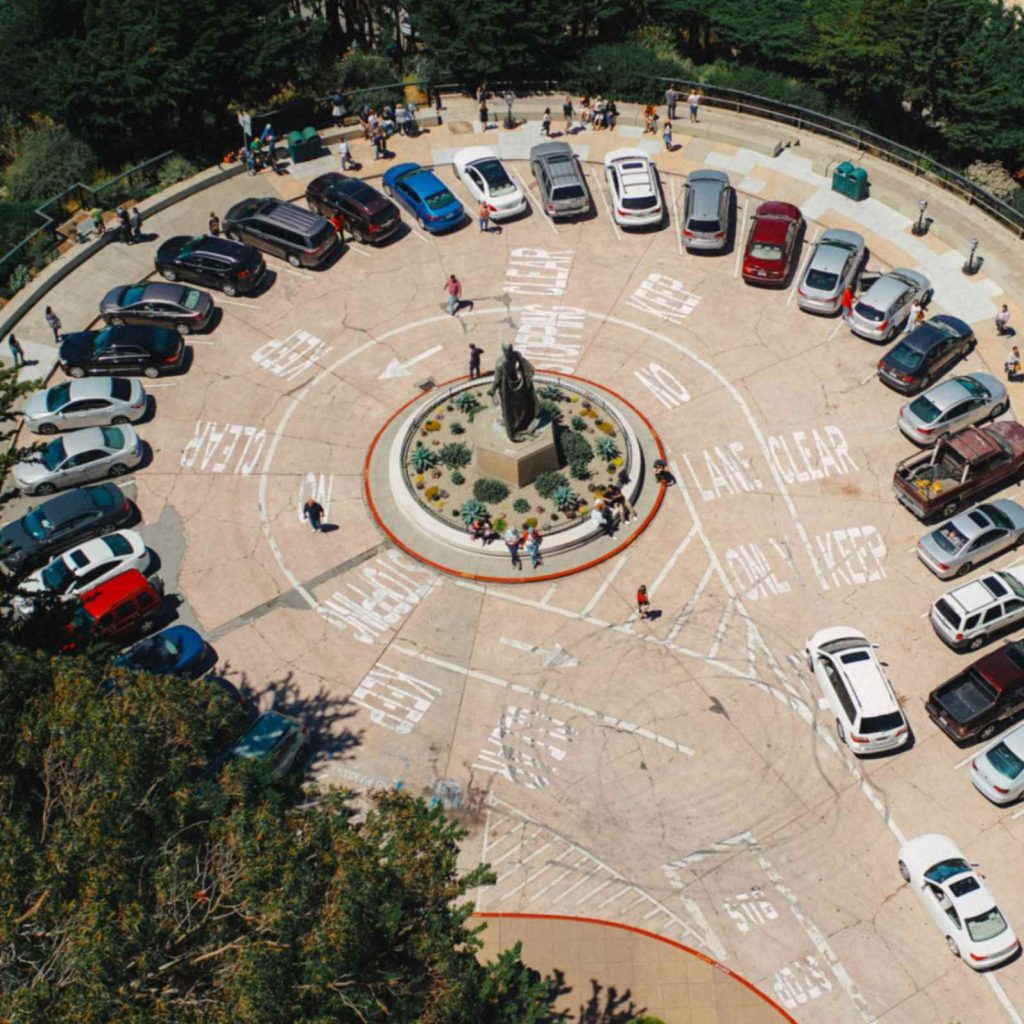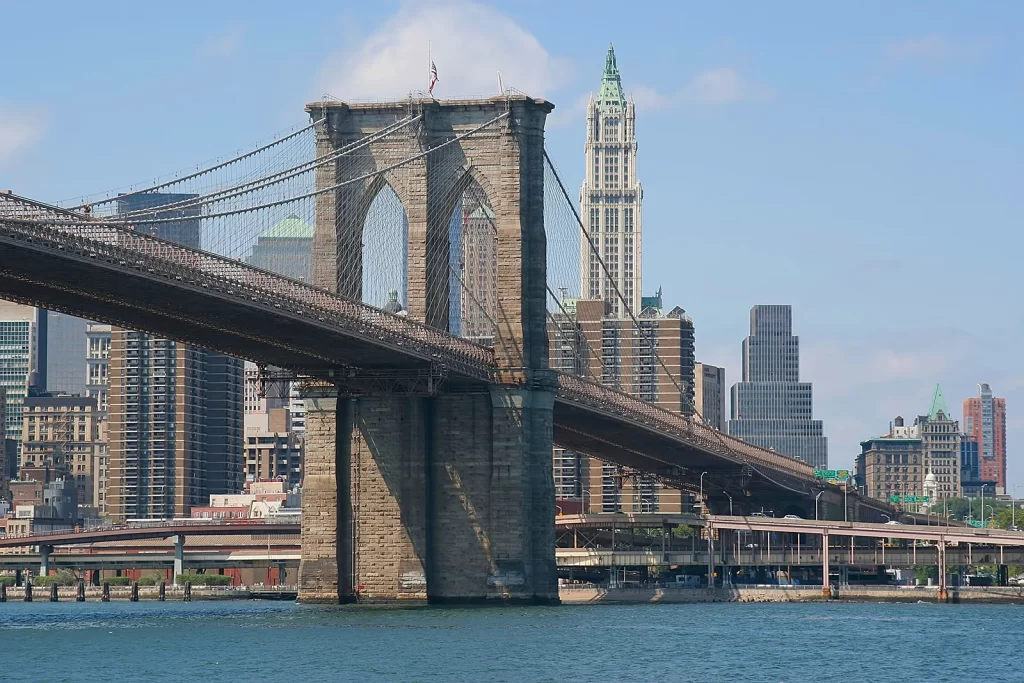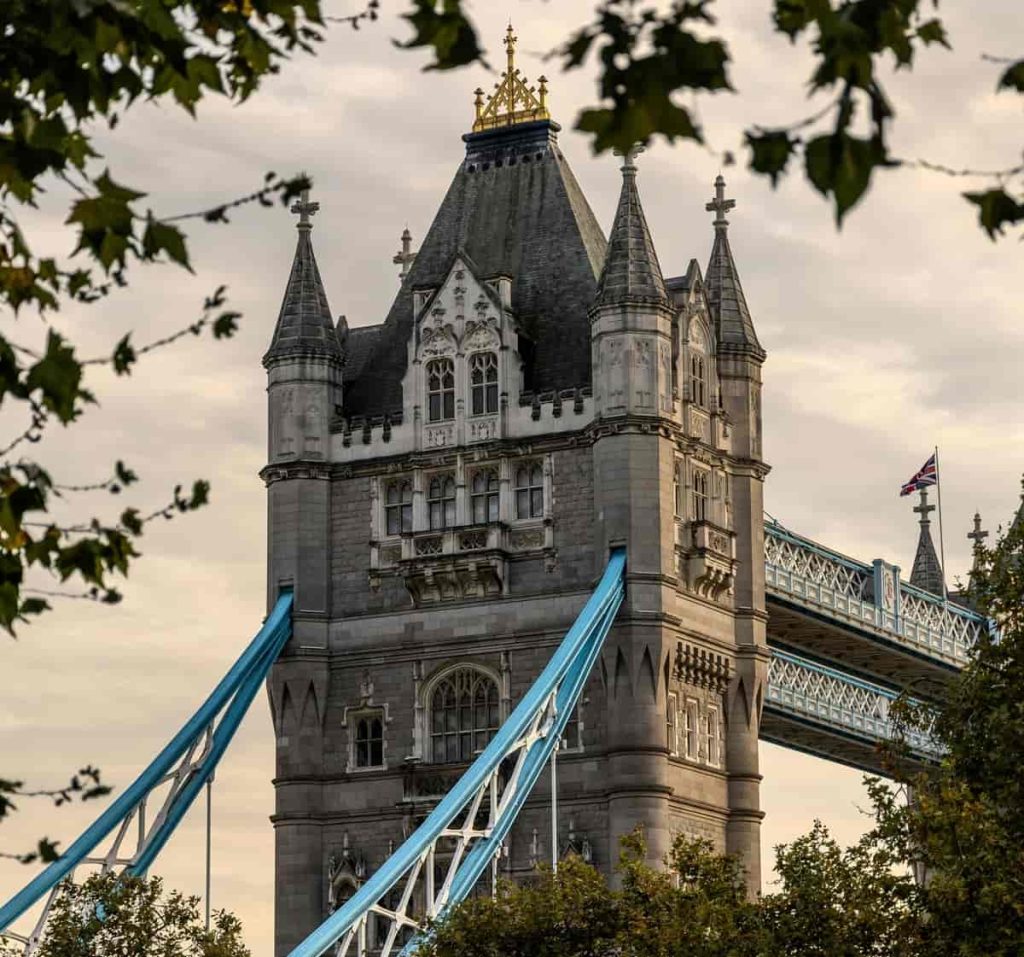Labor Day, celebrated on May 1st, honors the vital contributions of workers worldwide. This day recognizes the labor movement’s achievements and the ongoing fight for workers’ rights. Join us in commemorating the resilience and dedication of the workforce, and explore the significance of Labor Day in promoting fair labor practices and social justice.
Global Solidarity on May 1st Day
One of the defining features of May Day is its emphasis on global solidarity among workers. The holiday transcends national boundaries and unites workers from diverse backgrounds in a common cause. This spirit of internationalism is reflected in the numerous events and actions that take place around the world on May 1st.
From large-scale demonstrations in major cities to small gatherings in rural communities, May Day celebrations highlight the interconnectedness of workers’ struggles. They emphasize the importance of solidarity in the face of global challenges such as economic inequality, climate change, and the exploitation of labor. By coming together on May Day, workers and activists reaffirm their commitment to building a more just and equitable world.
Labor Movement

May Day has its roots in the labor movement of the late 19th century. In the United States, the holiday was first celebrated in 1886, as part of the struggle for the eight-hour workday. On May 1st of that year, hundreds of thousands of workers across the country went on strike, demanding better working conditions and shorter working hours. The strike was peaceful at first, but on May 4th, a bomb exploded at a labor demonstration in Chicago’s Haymarket Square, killing several people and injuring many others. The incident sparked a restraint on labor activism, but it also invigorated the labor movement and led to the establishment of May Day as a day of labor solidarity and protest.
Pagan Traditions
In other parts of the world, the holiday has a different history. In Europe, for example, it finds its roots in pagan traditions, particularly the celebration of Beltane, a Gaelic festival marking the beginning of summer. In Germany, the day is known as Maifeiertag and is celebrated with dancing, singing and the raising of maypoles. In Finland and Sweden, May Day is celebrated with picnics and outdoor activities, while in the United Kingdom, the celebration includes Morris dancing and other traditional folk customs.
Political Activism and Social Justice
Regardless of its origins, May 1st has become a day for workers to come together and demand better working conditions, fair wages and other labor rights. In many countries, labor unions and other worker organizations hold parades, rallies, and other events to celebrate the achievements of the labor movement and to call for further improvements in working conditions. It’s also a day for political activism and social justice, and a time for protests and demonstrations on a wide range of issues, from environmentalism to anti-war activism to LGBTQ+ rights. May Day has become a day for people to come together and demand a more just and equitable society for all.
Protest Anti War on May 1st Day
At EF Academy, history is an important subject that helps our students understand the world around them. But it’s not just about learning about the past – it’s also about understanding the cultures and traditions of different countries. With 60+ nationalities represented in our school community, EF Academy students have the opportunity to learn firsthand about the customs and traditions of people from all over the world. By becoming part of this diverse community, students broaden their perspectives and develop a deeper appreciation for the richness and diversity of human culture.
International Workers’ Day, commonly known as May Day, is celebrated on May 1st every year in numerous countries around the world. This day honors the labor movement and commemorates the historical struggles and achievements of workers and labor unions. With roots in the late 19th century, International Workers’ Day has evolved into a global event that emphasizes the importance of workers’ rights, fair labor practices, and the continuous fight for social and economic justice. This article explores the origins, development, and contemporary relevance of May Day, highlighting its enduring significance in the modern era.
Origins of May 1st Day
The origins of International Workers’ Day can be traced back to the labor movement in the United States during the late 19th century. The rapid industrialization of the era led to widespread exploitation of workers, including long hours, low wages, and unsafe working conditions. In response, labor unions began organizing to demand better conditions and advocate for workers’ rights.
One of the key events that shaped the history of May Day was the Haymarket affair, which took place in Chicago in 1886. On May 1st of that year, a massive strike was organized by labor unions across the United States, demanding an eight-hour workday. The strike culminated in a peaceful rally at Haymarket Square on May 4th, which turned violent when a bomb was thrown at the police, resulting in the deaths of several police officers and civilians. The subsequent trial and execution of labor activists, known as the Haymarket Martyrs, galvanized the labor movement and cemented May 1st as a day of remembrance and protest.
The International Adoption of May 1st Day
The impact of the Haymarket affair was felt worldwide, and in 1889, the International Socialist Conference in Paris declared May 1st as International Workers’ Day. The decision was made to honor the struggle for the eight-hour workday and to commemorate the sacrifices of the Haymarket Martyrs. This declaration marked the beginning of May Day as a global celebration of labor and workers’ rights.
Countries around the world adopted May Day as a public holiday, with varying traditions and customs. In many nations, it became a day for parades, demonstrations, and political rallies, often organized by labor unions and leftist political parties. The holiday served as a platform for advocating workers’ rights, promoting solidarity among workers, and pushing for social and economic reforms.
May 1st Day in the 20th Century
Throughout the 20th century, May Day remained a significant day for the labor movement, particularly in countries with strong socialist or communist influences. In the Soviet Union and other communist states, May Day was celebrated with grand parades, featuring workers, soldiers, and government officials. These events showcased the achievements of socialism and the unity of the working class.
In Western countries, May Day was often marked by labor strikes, protests, and political gatherings. The holiday provided an opportunity for workers to voice their demands for better wages, improved working conditions, and greater social protections. It also served as a reminder of the ongoing struggle for labor rights and the need for continued vigilance in the face of exploitation and inequality.
The Evolution of May 1st Day Celebrations
As labor laws and working conditions improved in many parts of the world, the nature of May Day celebrations began to evolve. In some countries, the holiday shifted from a day of protest to a more festive and recreational event. Parades and demonstrations continued, but they were often accompanied by concerts, festivals, and community gatherings.
In recent years, May Day has taken on new significance as globalization, technological advancements, and changes in the labor market have presented both challenges and opportunities for workers. The rise of the gig economy, automation, and remote work has transformed the traditional employer-employee relationship, raising questions about job security, workers’ rights, and social protections.
Contemporary Relevance of May 1st Day
Today, International Workers’ Day remains a vital day of reflection and action for workers and labor unions worldwide. It continues to be a day for advocating workers’ rights, promoting fair labor practices, and highlighting the importance of social and economic justice. May Day serves as a reminder of the progress made by the labor movement and the ongoing need to address the challenges faced by workers in the modern economy.
In many countries, May Day is marked by rallies and protests, where workers and activists come together to demand better wages, job security, and improved working conditions. These events often focus on contemporary issues such as income inequality, gender pay gaps, and the rights of migrant workers. They also address broader social and political concerns, including environmental sustainability, human rights, and global solidarity.
The Role of Labor Unions on May 1st Day
Labor unions continue to play a central role in organizing and leading May Day celebrations. These organizations advocate for the interests of workers, negotiate collective bargaining agreements, and provide support and representation for their members. On May Day, unions often organize rallies, marches, and educational events to raise awareness about workers’ issues and mobilize support for labor-friendly policies.
Despite the decline in union membership in some parts of the world, labor unions remain a crucial force in the fight for workers’ rights. They work to ensure that workers receive fair wages, safe working conditions, and access to benefits such as healthcare and retirement plans. May Day serves as an important platform for unions to amplify their message and engage with the broader public.
Conclusion
International Workers’ Day, or May Day, is a powerful testament to the enduring strength and resilience of the labor movement. From its origins in the struggle for the eight-hour workday to its contemporary significance as a global celebration of workers’ rights, May Day embodies the values of solidarity, justice, and equality. As we commemorate this important holiday, we are reminded of the sacrifices made by workers in the past and the ongoing efforts to improve the lives of workers in the present and future.
May Day is more than just a historical commemoration; it is a call to action. It challenges us to reflect on the progress made and to recognize the work that still needs to be done to ensure fair treatment, dignity, and respect for all workers. By celebrating International Workers’ Day, we honor the contributions of workers worldwide and reaffirm our commitment to a more just and equitable society.
